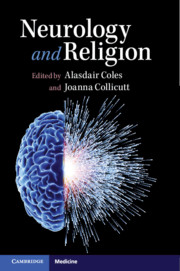II.I - Clinical Conditions
from Part II - Neurology and Religion
Published online by Cambridge University Press: 28 October 2019
- Type
- Chapter
- Information
- Neurology and Religion , pp. 89 - 170Publisher: Cambridge University PressPrint publication year: 2019



